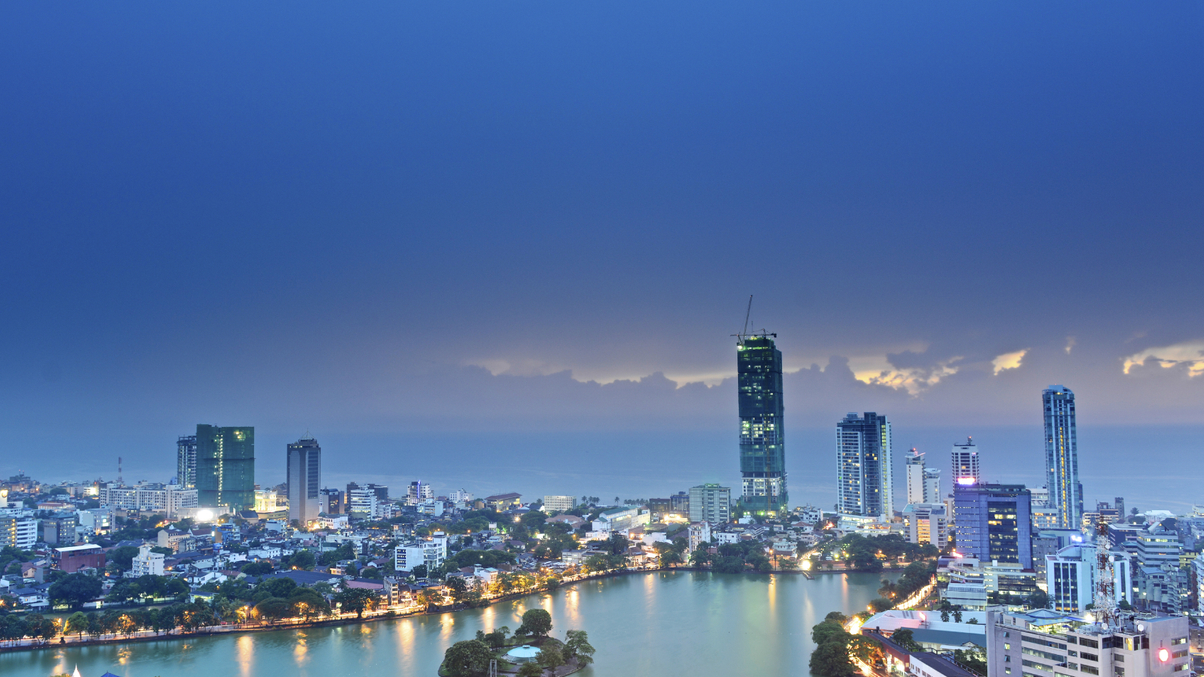Sri Lanka diversifies from China to India amid debt crisis
Some have accused Sri Lanka of falling into China’s “debt trap", but the South Asian nation refuses to put all of its eggs in China’s basket.

A version of this article was first published on FinanceAsia.
Sign In to Your Account
Access Exclusive AsianInvestor Content!
Please sign in to your subscription to unlock full access to our premium AI resources.
Free Registration & 7-Day Trial
Register now to enjoy a 7-day free trial—no registration fees required. Click the link to get started.
Note: This free trial is a one-time offer.
¬ Haymarket Media Limited. All rights reserved.


